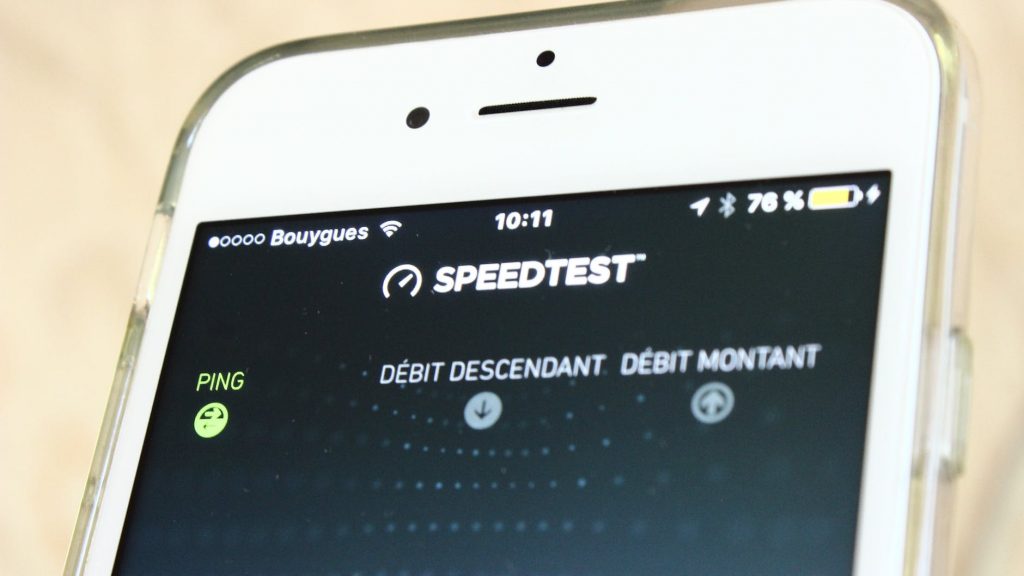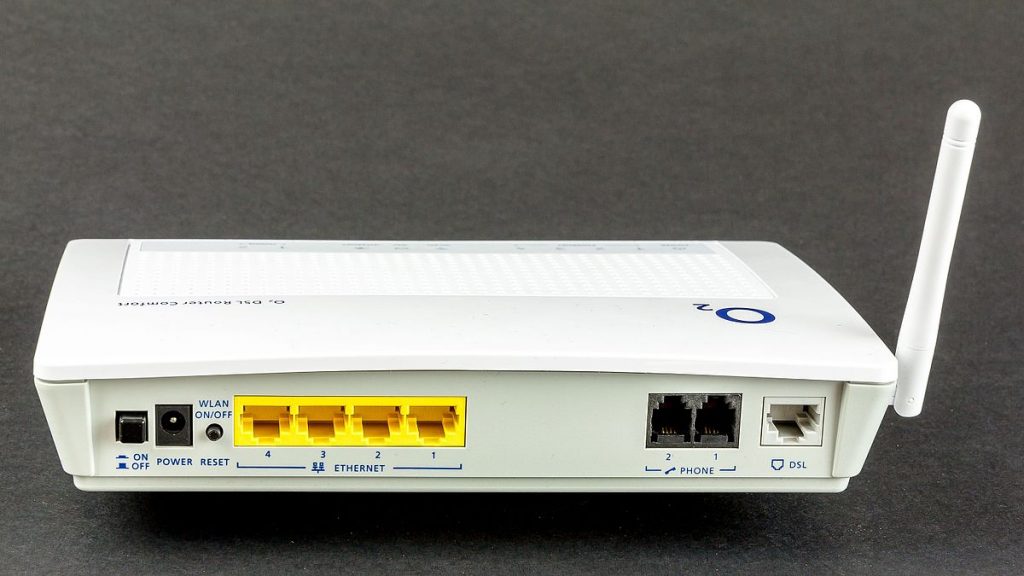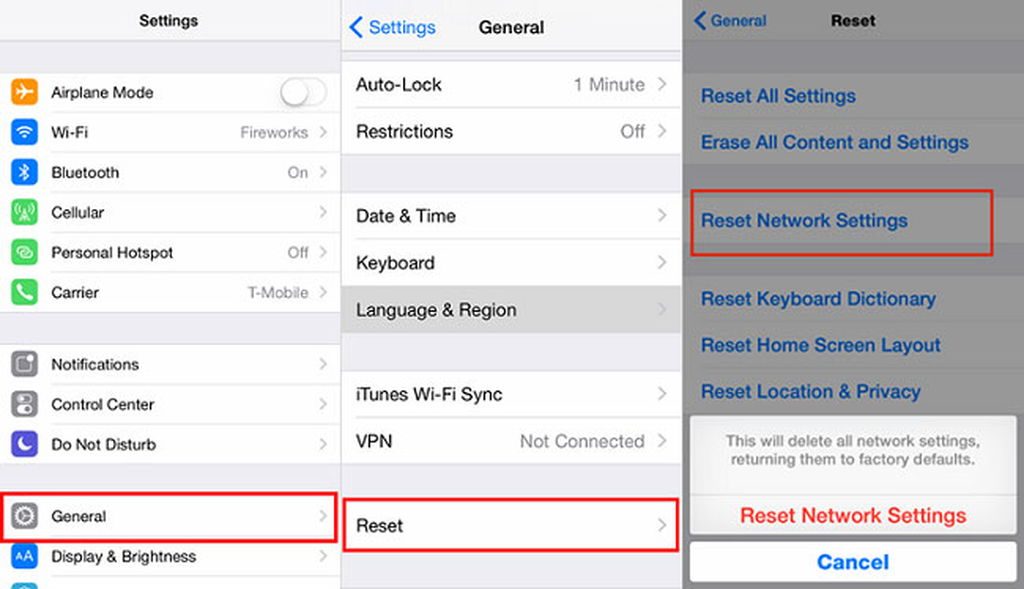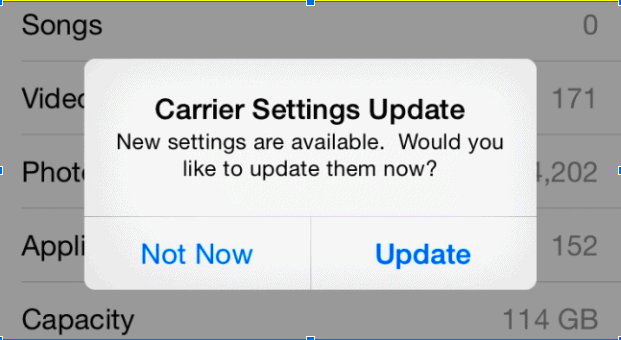Whenever Apple releases a new iPhone, we usually hear about features like new cameras, bigger screens, and water resistance. We rarely hear about how well the iPhone performs with internet speed, one of the most fundamental tasks for any smartphone.
iPhone users typically connect to the internet via one of two ways: cellular or Wi-Fi. If you’ve noticed that your iPhone internet seems slow, there may be a few reasons why that is happening.
Read on to learn how to increase iPhone internet speeds in this handy guide. If your iPhone internet is slow, that will likely frustrate you, but several possible solutions exist.

What Affects Internet Speeds?
So many variables can determine whether or not you have or slow internet speeds. They include:
- Connection type: 5G, LTE, 4G, 3G, Wi-Fi, or Bluetooth
- Connection strength
- Type of activity
- What browser or platform you’re using
- Do you have proxies, firewalls, or VPNs enabled?
- iPhone model
- iOS version
- Is everything slow? Or just one app?
Before We Begin: Check External Causes
Troubleshooting iPhone internet issues can take a little time. Before you do, determine whether or not it’s really your iPhone that’s slow. It could be the network instead.
First, test out your Wi-Fi network. Are other devices connecting at normal speeds? If not, reset your router and try connecting again.

You should do the same for your cellular connection. Try putting your SIM card into another iPhone or compatible device. If you’re still experiencing slow speeds, you may have a network issue.
iOS Update Errors and Network Errors
Some people noticed slower internet speeds after installing iOS 16. A variety of random bugs causes these network-related errors. Fortunately, you can clear out erratic, temporary network files by executing a soft reset.
For iPhone X or more recent versions:
- Press and hold the Power/Side button and either of the Volume buttons simultaneously for a few seconds.
- Release the buttons once you see the Slide to Power Off message on the screen.
- Drag the Power Off slider to the right to turn off your phone.
- Wait a few seconds, then press and hold the Power/Side button again until the Apple logo appears.
For iPhone 8:
- Press and quickly release the Volume Up button, then press and immediately release the Volume Down button.
- To complete the operation, press and hold the Side button until the Apple logo appears on the screen.
For iPhone 7:
- Press and hold the Power button.
- Continue to hold the Power button and press and hold the Volume Down button located on the left side of your iPhone.
For iPhone 6 and earlier models:
- From the home screen, press and hold the Home button.
- While holding the Home key, press and hold the Power button. Release both keys when the Apple logo appears.
Then, allow your phone to fully boot up and perform a speed test. You can do so by visiting https://www.speedtest.net in the device’s web browser and following the directions you find there.
Clear Browsing Data

Just like on your desktop computer, your iPhone accumulates browsing data like cookies, site data, web storage, and more. Sometimes this data may contain corrupted files that cause problems in your browser app, slowing your internet connection speed.
Try clearing this out to see if that gives you faster internet speeds. For Safari, clear cache and cookies in the settings.
- Open Settings.
- Scroll down and tap Safari.
- Tap Advanced.
- Select Website Data.
- Check the total space usage of the website and then tap Remove All Website Data.
After you successfully clear the cache and browsing data, perform another soft reset. Then, open Safari to see if your speed has improved.
Do the same for Google Chrome, Firefox, or any other browser you use. You can also clear this data in apps like Facebook, Instagram, and many others.
Reset Network Settings

During iOS updates, your network settings can get overridden by corrupt files. These can cause your iPhone connection to become very slow. You can address this problem by performing a reset on network settings.
Be aware that when you do this, though, you’ll erase all saved network settings. If you have specific network settings for your home router or somewhere else, you’ll have to input those again.
To reset network settings, follow these steps:
- Open Settings from the Home screen.
- Tap General.
- Scroll down and select Reset.
- Tap the Reset Network Settings option.
- Enter your device’s passcode.
- Tap to confirm the network settings Reset.
Once the Reset is completed, your phone will restart automatically. Test your internet speeds again to see if there is any improvement.
Automatic Background Processes are Choking the Connection
Automatic background processes often create more problems than they solve. More than anything, they take up iPhone resources you need for other activities.

With iOS 16, you can quickly and easily stop background processes using Low Data Mode. It stops apps from using data in the background. Apps won’t automatically download or retrieve emails, and they can’t use background data either.
You’ll get both an internet and iPhone performance bonus when you turn on this mode.
- Open Settings.
- Tap Cellular.
- Tap Cellular Data Options.
- Tap on the slider beside Low Data Mode to stop these background processes.
You can do this for Wi-Fi as well. In Wi-Fi settings, tap on the network and select iOS 16.
Even if you’re not using iOS 16 yet, you can still remove background processes. Just go to the iTunes Store settings and turn off all of the Automatic Downloads.
Check Carrier Settings

Carrier settings are important files that contain data about your iPhone and your cellular network. They need to be up to date to ensure the best performance and connectivity with your network.
Your iPhone will usually notify you when an update is available, but it’s possible to miss them. You can check for a carrier settings update by opening Settings > General > About on your phone. If an update is available, you’ll be prompted to install it.
Should I Do a Hard Reset or System Restore?
If you’ve tried all the other steps above and don’t notice any speed improvement, you may be tempted to try a Hard Reset or to Erase All Content and start fresh. If you have a recent iCloud backup, there’s no reason not to try this.
However, it may not fix anything. It’s very likely that another issue is causing the slowdown.
My iPhone’s Internet Speed is Still Slow. What Should I Do?
It’s doubtful a hardware error is causing slow iPhone internet speeds. If you’re still experiencing issues after trying the fixes we’ve mentioned, then you should contact your cellular provider. They may have deliberately slowed your internet speed temporarily, or you may be experiencing network errors.
If you’re having slow connectivity on both Wi-Fi and cellular connections, and your mobile network can’t help you, you’ll need to contact Apple. You can take the device to an Apple Store with a Genius bar.
If your phone is still covered by the original one-year factory warranty or you bought an extended one, then you should not have to pay for the fix, assuming it’s hardware-related.
You may have bought an AppleCare+ plan. If so, that should also cover any slow internet speeds caused by hardware issues.
However, phones generally do get slower over time, while the demands of everyday internet usage grow larger. It might simply be time for an upgrade.
The newest Apple devices, such as the iPhone 14, should deliver a massive speed boost over an outdated version from several years earlier. Also, you can sell your old iPhone to Buyback Boss for cash that you can put toward your purchase.
Learn more iPhone troubleshooting tips on the Buyback Boss blog. We’ve solved Bluetooth errors, iMessage problems, and more. Explore all things iPhone, iPad, Mac, and Apple on our blog!






